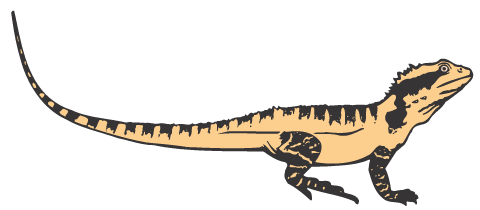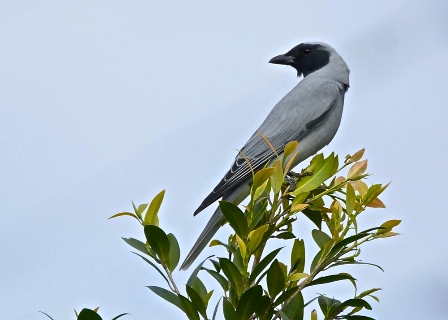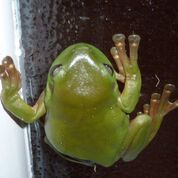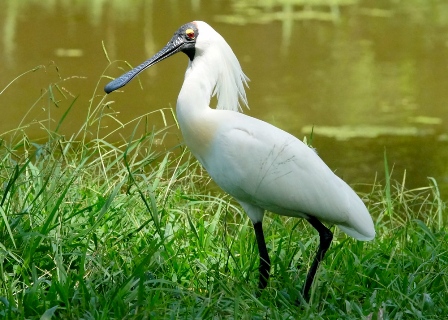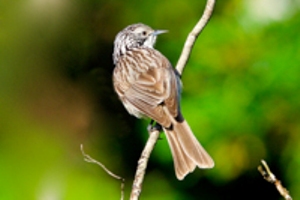Brisbane City Council has announced an open day to celebrate the opening of the Moggill District Sports Park.
The new park is located at 3660 Moggill Road at Moggill. It will provide district-level sporting facilities for the entire Pullenvale Ward.
It features football and cricket ovals, netball and tennis hard courts, a children’s playground, an amenities building and viewing shelters.
An open day will be held on Saturday 9 February from 9am to 2pm.
For more info, visit the Council Website or call the Council contact centre on 3403 8888.

